- Joined
- Nov 25, 2017
- Messages
- 2,063
So: When you took the game inside you removed the majority of brightness in the hemisphere. You still had that very bright source, but it occupied only 1/2 a degree of space. You "turned off" much of the rest. The diamond was looking for light everywhere, and still finding the sun, but not the ambient light it had everywhere else, outside. Well-cut diamonds give back what they receive.
Physiological: Outside the brightness made your pupils constrict. When you went inside they adapted to the darker environment by dilating, to allow you to see more detail in the dark. This why we wait for our eyes to adjust, so we don't trip over furniture, etc. Once you went inside you started seeing the environmental details I have explained more clearly. Cameras adjust for brightness and darkness in a similar way, but without nearly the depth or sophistication of the human eye.
So last night we did family bowling. Lots of fun! But I noticed my SF RB is dark inside the bowling alley. Other times, it was bright and sparkly under all of that lighting and sometimes it did fluoresce, which is what I expected it to do most of the time. Is that normal for a SF stone to go dark in that lighting condition? I was expecting more of a blacklight effect since it was a bowling alley. I wish I took pics but I had family all around and too embarrassed to whip out the camera just for my ring. Lol
Great question. That is possible. Even tho it was a dark room overall it did have all types of overhead lightingWas it spotlighting? Strong single-point light sources (such as the sun or a single, bright spotlight) can create the effect, I think
We would need a video and photos of the room and ceiling etc. A very effective way is to turn a spoon upside down and take a few photos using it to make an ultra wide angle system looking from the diamonds perspective at the lights.Great question. That is possible. Even tho it was a dark room overall it did have all types of overhead lighting
Including LED. I need to read about spotlighting. Not familiar with that. I didn’t know since my stone is shallow 58.8 that may have been the cause for that to happen.
When you look at a really well cut diamond with only a very tiny light source that is incredibly strong (e.g. the sun which is actually really tiny except at sunrise and sunset) the chances of seeing a flash of light or any brightness is greatly reduced in proportion to the effectiveness of that diamond cut at returning light. Any flashes you see are sunlight directed straight into your eye which overexposes your eye and so the diamond looks darker.@Garry H (Cut Nut) What does it take to rid the RBC of this darkness?
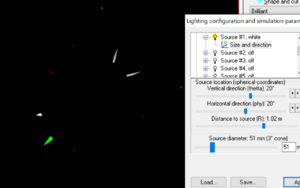
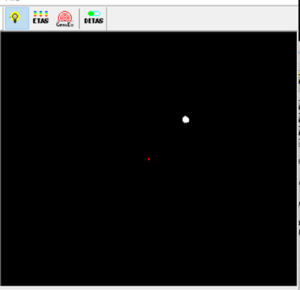
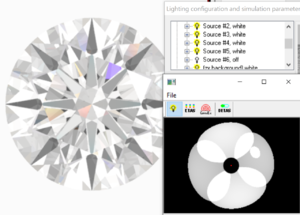
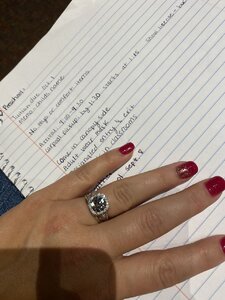
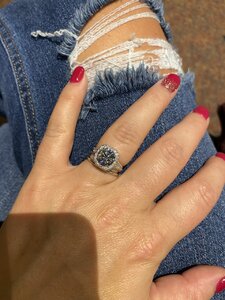
Great example - a nice bright diamond and a small bright spot light as the only source of light!!!This is really interesting. I found this thread because while I was in a big room with weird lighting and a black ceiling, my diamond looked BLACK. I couldn’t stop looking at it because I had never seen anything like it. It was so bizarre. I wish I knew what kind of lighting it was. It was really sparkly despite being so dark... it’s a 2.53 XXX I VS1.

This is really interesting. I found this thread because while I was in a big room with weird lighting and a black ceiling, my diamond looked BLACK. I couldn’t stop looking at it because I had never seen anything like it. It was so bizarre. I wish I knew what kind of lighting it was. It was really sparkly despite being so dark... it’s a 2.53 XXX I VS1.

Very cool photos @Halogirl1130 .
The primary reason you are seeing black in this case is that the diamond is reflecting the black ceiling back to your eye.
Same reason that so many diamonds photographed outdoors look blue- reflecting the color of the sky.
What I find really appealing about your photos, is that this is what actual black diamonds would love to look like! But their body color precludes them, in most cases, from having any brilliance.